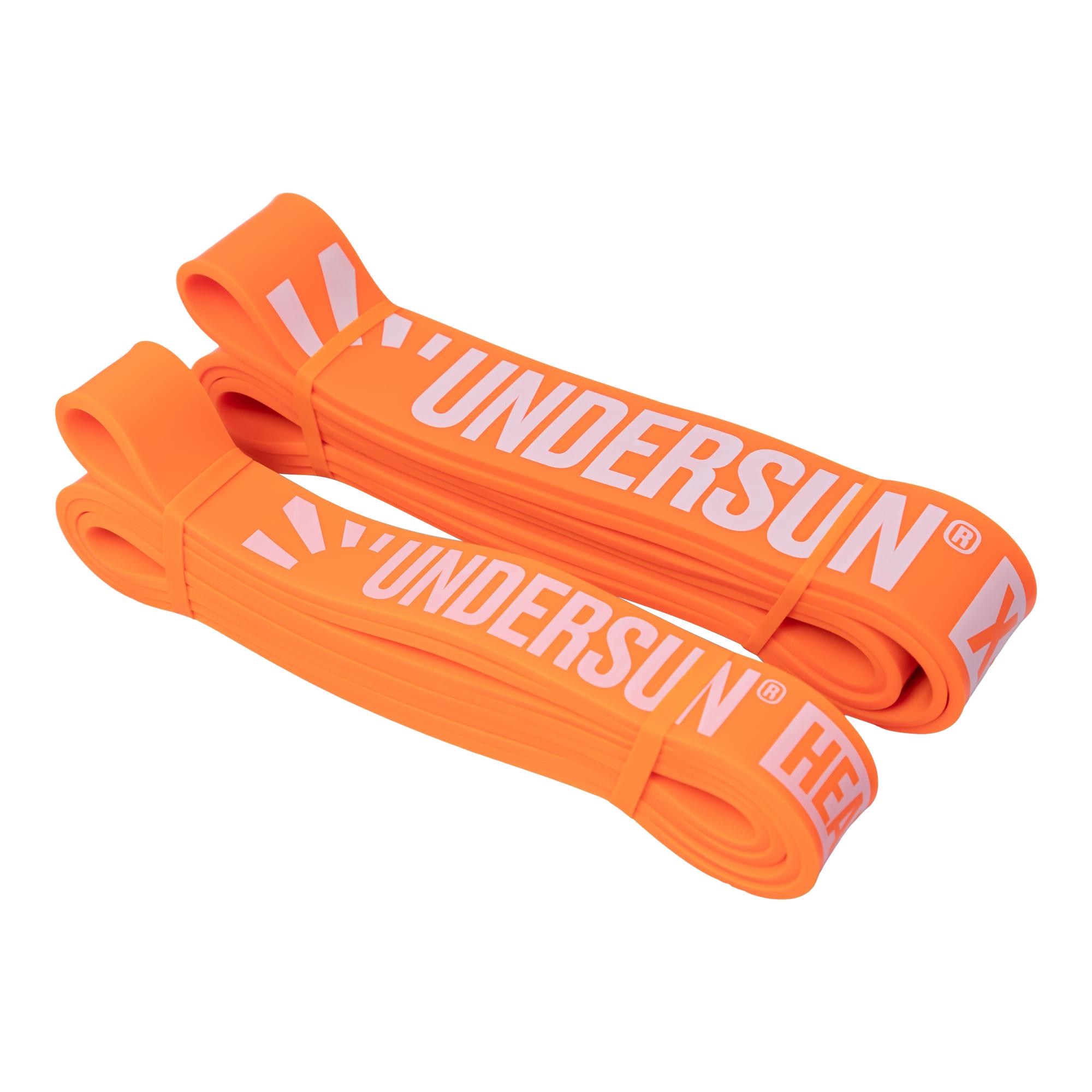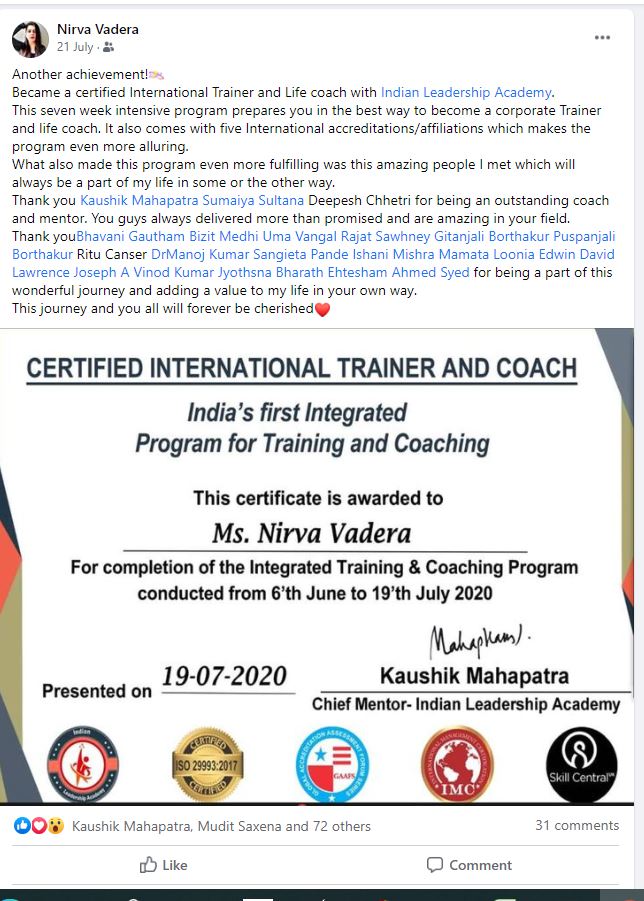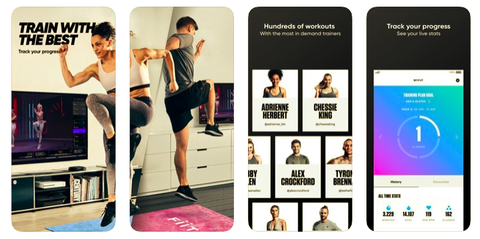
Running shoes can be difficult to find the right amount of room. Your feet should be free to move and should not slide around too much. When purchasing a new pair, two things to be aware of are the toe width and the heel fit. Uncontrollable slippage or popping out shoes are unacceptable.
Toe-box length
The length of the toe box is an important consideration for running shoes. Blisters can be reduced by choosing shoes that fit well and have a large toebox. Toe-box length can also be affected by swelling. Toe-socks and tape can help you determine the amount of space needed for your toe box.
Running shoes should have a toe box approximately one thumb shorter than the longest toe. For some, this may be the second or third toe. Your foot needs to have more space in order for it to spread during running. A shoe that fits too tightly could lead to rubbing or a blister.
Wear a heel
A pair of running shoes should have extra space for your toes when you're looking for a new pair. The shoe's heel should be about a thumb's distance longer than the length of your longest toe. This is essential because your feet need to be free while running, and the shoe should allow for some extra space.

Don't forget to put the correct socks on when you try on new shoes. If the socks are too thick, they may interfere with your fit. Also, remember that your foot tends to swell throughout the day, so it's best to try on your shoes in the afternoon rather than early in the morning. The toe box must be tight but not too tight. The heel should be able slide easily.
Toe-box width
The toe-box width of running shoes should be about one thumbnail width longer than the longest toe on your foot. Some people have longer toes so they will require extra room. This will allow your feet to stretch out more during running. A little extra space in your toes is also important because your feet may swell when you run.
The type of running shoes you choose will depend on your foot's toe-box width. Narrow toe boxes mean there is less room for your toes, and wider feet could rub against the sides of a shoe. Wide toe boxes give you more space around your toes and the ball of your foot.
Shoe width
When shopping for running shoes, one of the most important questions to ask is "How much space is there in my running shoe?" The right size shoe should allow for half to full thumb space between the longest and the ends of the toes. The shoe should not slip or cause your heel to pop out during running. The shoe should also fit your foot snugly without rubbing at the heel and toes.
Remove the insoles from your shoes to determine the correct size. Next, you can try on the shoe without socks. If the shoe fits well with socks, it will be comfortable. If you have bunions, you will want a shoe that allows for more room between your toes.

Slippage in the Heel
If you've ever had heel slippage, you know how frustrating it can be. It can happen while you're just walking, but can also result in serious injuries if you're running or walking. There are several ways to prevent heel slippage.
To avoid heel slippage, the easiest way is to make sure your shoe fits perfectly. Running shoes should allow about a thumb's breadth of space around the heel. But, be aware that there is some room for wiggle room. This will ensure that the shoe can withstand impact and avoid heel slippage. However, it's important to remember that shoes don't fit the same way on every foot and may need to be broken in slowly.
FAQ
How many hours of rest should I get each evening?
The recommended sleep amount varies based on age, gender, individual needs, and other factors. Most adults need 7 to 9 hours of sleep per day. Teenagers and children need approximately 10 hours of sleep per day, although this number decreases with age.
Is it safe?
It's a good idea to exercise outside as often as possible. While the air temperature is a major factor in determining whether or not it's safe to exercise outside, it's not the only one. Other factors include visibility, humidity, precipitation and wind speed. Layers of clothing are recommended to protect against wind chill and rain when exercising outdoors in inclement weather.
Is exercise good for me?
Yes. Regular exercise can help you shed extra calories and lose weight. Exercising can increase your metabolism so that you can burn calories even when you're not working out.
What does nutrition do for your body?
Nutrition helps your body function properly by supplying all the nutrients needed for proper growth and development. The best way to ensure that you receive adequate nutrition is to eat a balanced diet with plenty of fruits and vegetables, lean proteins, whole grains, and healthy fats.
Statistics
- Adolescent girls were less active than adolescent boys, with 85% vs. 78% not meeting WHO recommendations of at least 60 minutes of moderate to vigorous intensity physical activity per day. (who.int)
- An estimated 110,000 deaths per year could be prevented (cdc.gov)
- In 2018, the World Health Assembly agreed on a global target to reduce physical inactivity by 15% by 2030 and align with the Sustainable Development Goals. (who.int)
- In high-income countries, 26% of men and 35% of women were insufficiently physically active, as compared to 12% of men and 24% of women in low-income countries. (who.int)
External Links
How To
How to motivate yourself into following a fitness regimen
A fitness routine is a series of exercises that are performed over a specified time period. It helps people to increase muscle mass and toning their bodies. Regular exercise improves cardiovascular health, blood pressure, cholesterol, risk of heart disease, stroke, diabetes, anxiety, stress and obesity, as well as other diseases like depression, anxiety and osteoporosis. In addition to these psychological benefits, regular exercise also provides psychological benefits like self esteem, confidence and mood, energy level, sleep quality and social interactions.
Why would you choose to make your own fitness program?
You should consider a fitness regimen if you are looking to lose weight, get healthier, and be more fit. Why would you want one? Let's see!
What does it actually mean to do a workout?
It's about engaging in at least three physical activities per week. This doesn't mean you have to do it for hours. Just 30 minutes can burn calories and keep your body healthy. You must stick to your plan. If you miss a day here and there, don't worry--just pick up where you left off next time.
How much time should I dedicate to my health and fitness?
It all depends on how busy your schedule is. It takes between 20-30 minutes to complete a moderate workout. Begin slowly with just five to 10 minutes if this is your first time exercising. After you get used to it, gradually increase the duration.